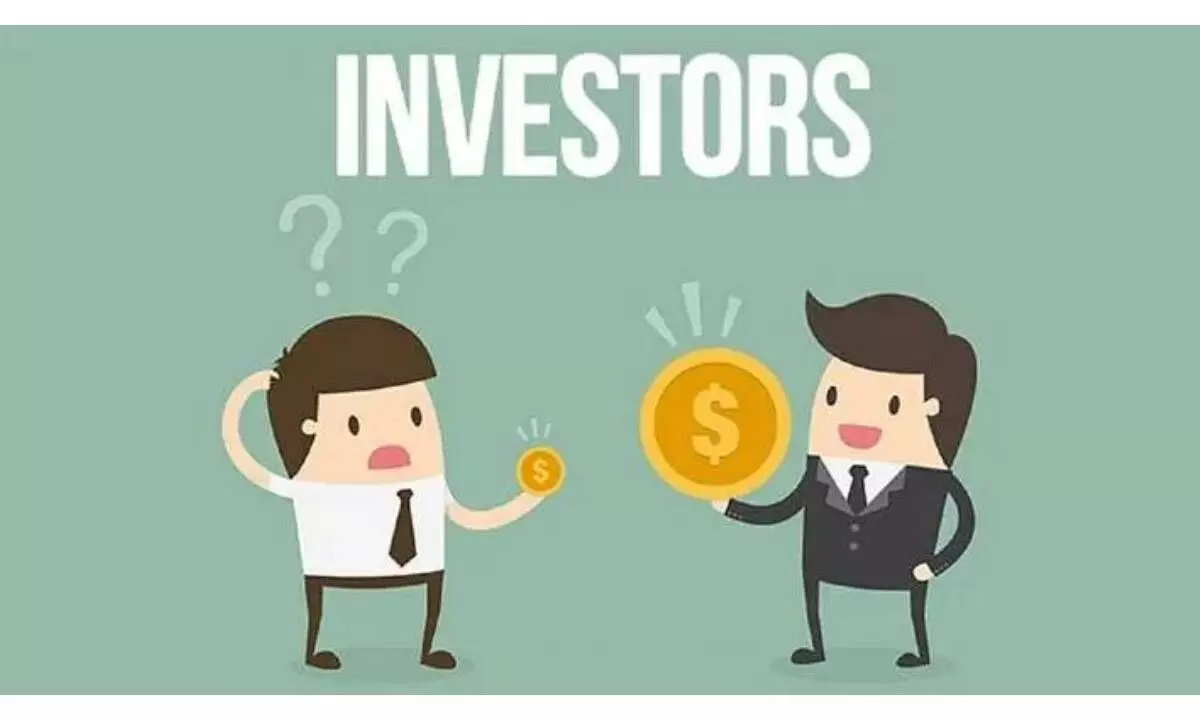Investors should think of ‘return’twice before taking the plunge
As risk appetites of persons vary, their expectations from investments should match their specific requirements
image for illustrative purpose

“Kitani Apeksha Nivesh Se Karen, Ye Jaroor Samajh Lena
Apeksha Karne Ke Pehle, Avasar Laagat Bhi Parakh Lena.”
Translation: How much to expect from investment, know that as a must;
Before making expectation, also check its opportunity cost
Each investment has some kind of uncertainties inherent in it with respect to getting the desired results. These uncertainties are known as ‘risk’, like probability of deviation from the expected return along with probability of converting them into cash, known as liquidity in finance parlance. These uncertainties can broadly be divided into three categories, which are safety, liquidity and returns, which also constitute the three main concerns while making any investment decisions.
Priority and weightage of these three are generally different from person to person and depend on various reasons like the individual’s financial position, age, health, needs, responsibilities, purpose, choice and timing, among others. It is depending on these factors that each person will have individual priorities and weightages for the three concerns. A combination of these concerns will eventually influence a person’s investment decision. Thus, any particular investment product may not be suitable to all persons, like a meal of common delicacies may not be suitable to all.
Understanding the expected return on investment: As we know that different investment instruments/ schemes are designed to satisfy expectations of various investors with different scale of risk and return trade-off so that amounts collected from the investors having similar risk appetites (one’s ability to take risks of different degrees of uncertainties) can further be invested in different asset classes like government bonds, corporate deposits and equities.
As risk appetites of different persons vary, their expectations from investments should match their specific requirements. Rationally, investors want investment opportunities combining low risk and high return, which according to Modern Portfolio Theory, lies beyond the ‘Efficient Frontier of Markowitz’; hence do not exit.
Each mutual fund scheme is designed or structured differently, involving different mix of the referred three risks. This is why it is always advised to read all scheme related documents carefully before putting in one’s money.
This is essentially because the same instrument or same mutual fund scheme may not be suitable for investors having different degrees of concerns. Further, Risk and return are related directly, hence the mantra: Higher the risk, higher the return; lower the risk, lower the return; average the risk, average the return (SIP).
Opportunity cost: For first time investors, it is also advisable to evaluate their hitherto savings or investments. For example, suppose an investor has started investing some five years back in a particular equity linked savings scheme (say ‘X’) as had been advised by an investment advisor. Now going by the performance of ELSS Fund in those five years, he finds that the best fund and the worst fund have been generating a CAGR of 27.8% and 10%, respectively. He could have invested in the best or the worst fund or perhaps something in between. Irrespective of the return, it’s been just a fluke. No investor or advisor can claim to be as skilful as to grab or advise the best fund. Suppose the referred investor got in the worst scheme. Should he have been bemoaning his luck or cursing the advisor for advising him the worst ELSS Fund?
Here comes the second line of the couplet. It states-Before the expectation, check its opportunity cost.
There is a likelihood that a first time investor, has gone in for traditional banking products like FD and RD; at the most he had invested in PPF @7.1% tax-free with an annual cap of Rs. 1.5 lakh. Therefore, his opportunity cost is the notional loss of interest of 5-6% post-tax and in PPF 7.1% tax-free at the most. Compare the same with the worst in the category-ELSS Fund. It has generated 10% CAGR for the last five years and even with 10% LTCG Tax in equity his post-tax return is 9% CAGR. This clearly shows that he has more reasons to be cheerful than to bemoan or curse.
Thus, both (1) understanding expected returns on investment in any specific instrument/scheme and (2) comparing the expected return from its opportunity cost (which may vary person to person, are the concerns that need to be kept in mind before making any successful investment decisions.

